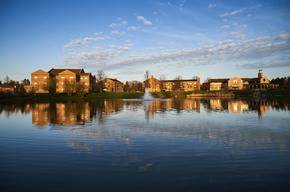Home / 404
Oops! The page you requested could not be found.


You’ll find rigorous programs, close mentoring, a chance to lead. You’ll find yourself.
learn more
It starts with you. A desire to follow your interests. To build a life. And contribute to your world. We share the same objectives. It's what we've been doing since 1871.
learn more
An Ursuline education seeks to develop the uniqueness of each person, adapts to the needs of the time, and is open to constant learning.
learn more
College is more than just tests and research papers. A big part of the college experience happens outside the classroom.
learn more
A world-class education is financially accessible at Ursuline.
learn more